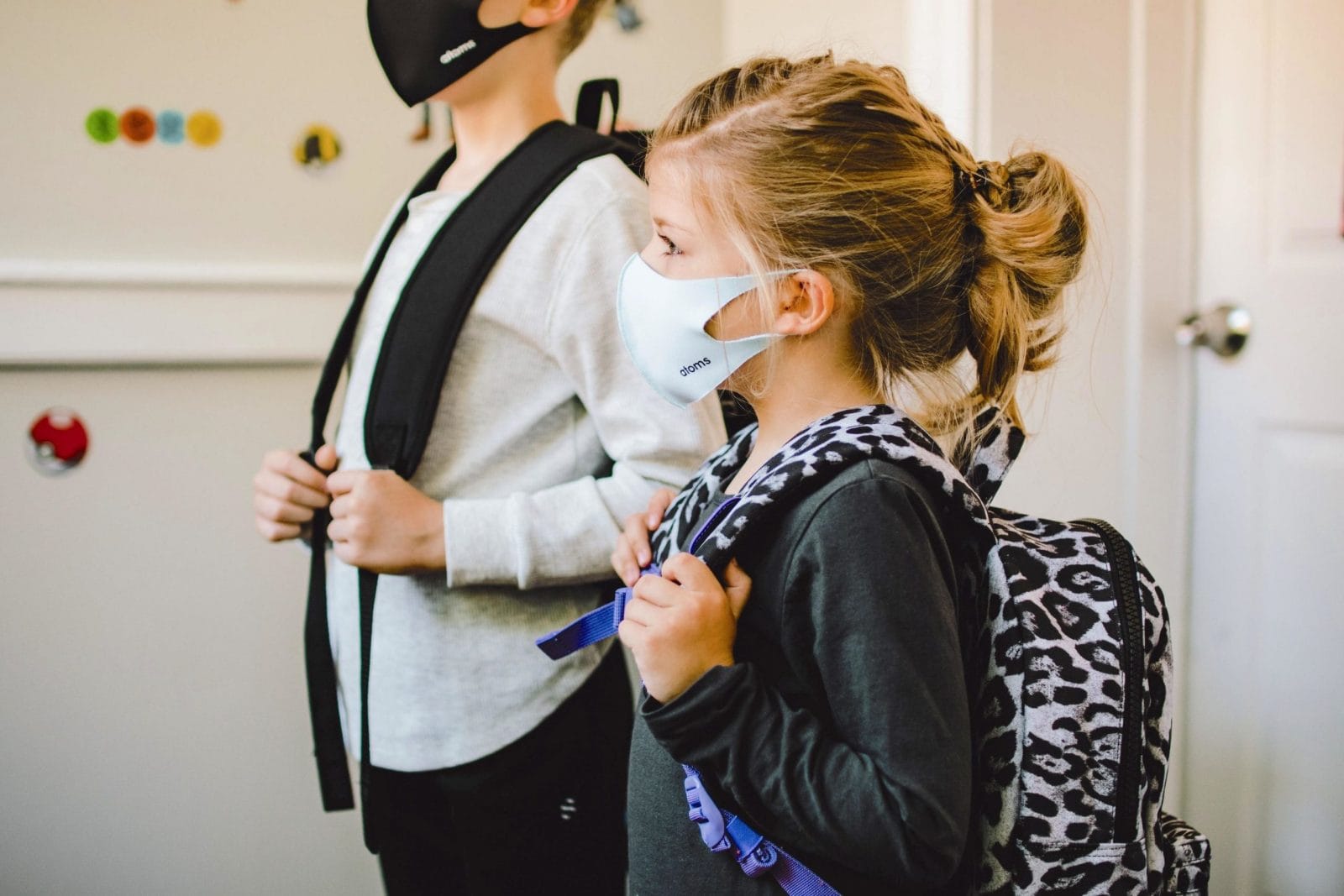A record-breaking 61,000 kids were diagnosed with COVID-19 last week

Here's how to protect your family.
The latest wave of COVID-19 cases in the United States is impacting children at “unprecedented levels,” according to new numbers released by the American Academy of Pediatrics and Children’s Hospital Association.
More than 61,000 children in the U.S. were diagnosed with coronavirus last week. That’s more than in any other week since the pandemic began.
Overall, more than 853,000 American children have tested positive for the novel virus, including nearly 200,000 cases in October alone.
The AAP believes the numbers are likely undercounted because children often present with mild symptoms that don’t warrant immediate testing. “These numbers reflect a disturbing increase in cases throughout most of the United States in all populations, especially among young adults,” said Yvonne Maldonado, MD, FAAP, chair of the AAP Committee on Infectious Diseases.
“We are entering a heightened wave of infections around the country. We would encourage family holiday gatherings to be avoided if possible, especially if there are high risk individuals in the household,” continues Maldonado.
At this time, doctors believe severe illness in children from COVID-19 is rare. Still, it can be deadly. As of Thursday, 121 children have died as a result of the novel coronavirus.
“On every measure – new infections, hospitalizations, and deaths – the U.S. is headed in the wrong direction,” said AAP President Sally Goza, MD, FAAP.
So what can we do to protect our children?
Be vigilant. Symptoms of COVID-19 in children include fever, headache, a dry cough, a sore throat, nausea and shortness of breath. But those are just some of the most common symptoms. If you believe your child might have been exposed to the virus, get them tested immediately.
Stay home if you’re sick. We’re rapidly approaching flu season and let’s face it, people can develop colds and illnesses year-round. If you believe you or a loved one is coming down with a common cold, the CDC is urging you to stay home.
Wear a mask. Wearing a face mask with two or more layers of fabric can cut down on the transmission of COVID-19. Make sure to wear it properly (cover your nose, people!) and to clean it regularly.
Maintain social distancing. When possible, stay 6 feet apart from anyone not in your immediate household—in both indoor and outdoor situations. It can be tough to do, especially in crowded public places. But it works.
Remember: The risks are very real. There is no vaccine yet. The virus isn’t going anywhere, though we wish otherwise.
The best way you can protect your family is by listening to scientists: wear masks, practice social distancing and if possible, stay home.


































